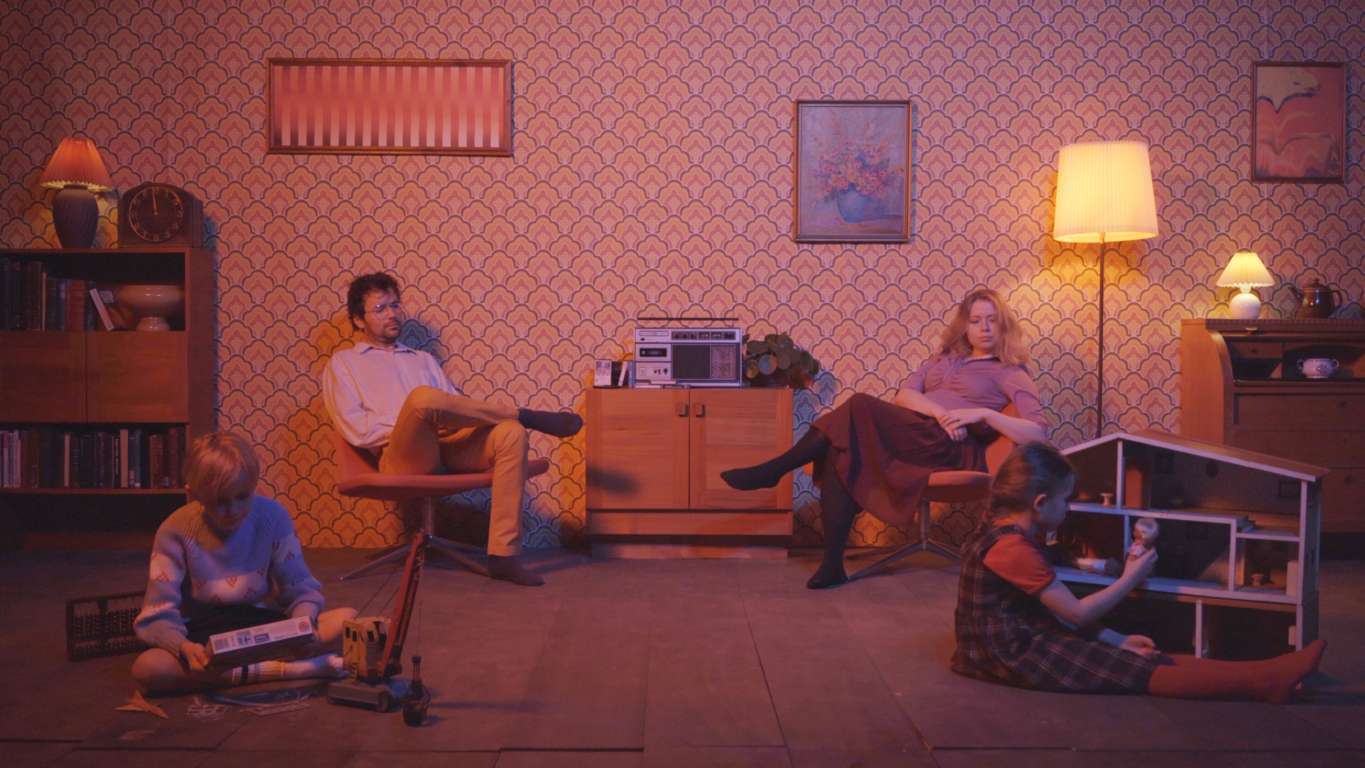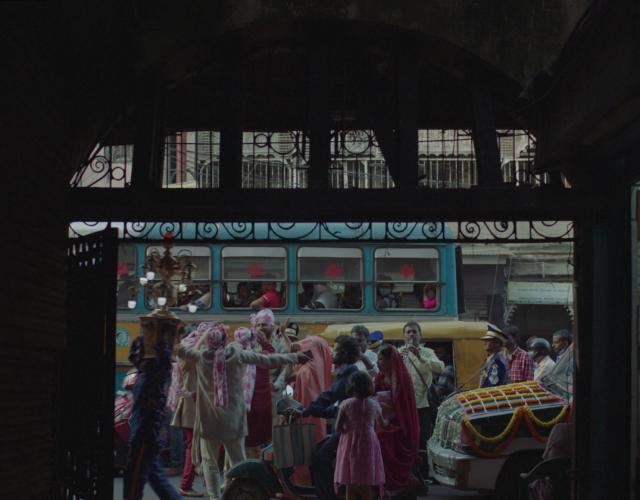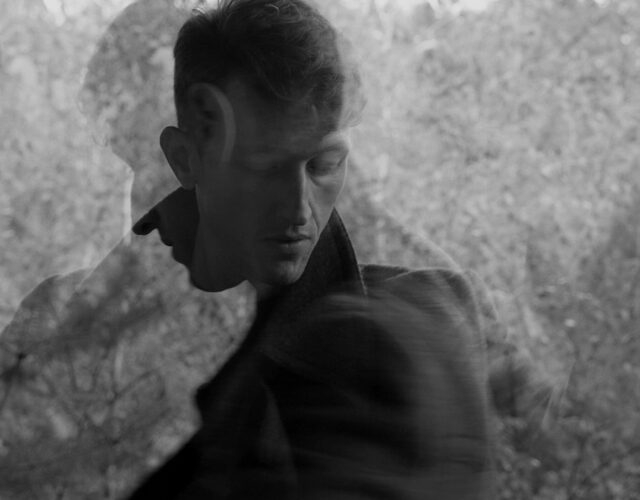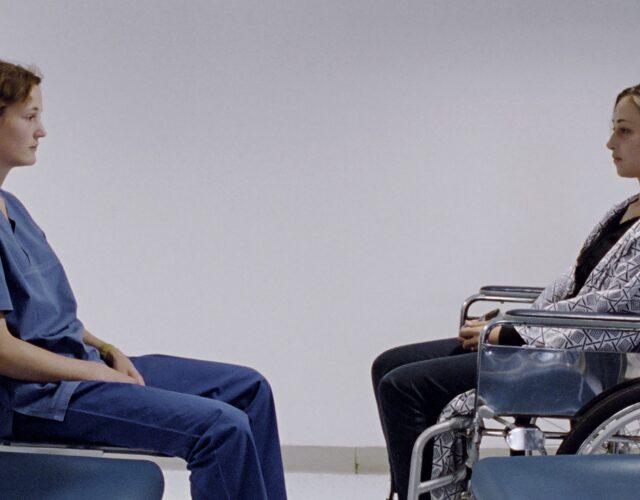Searching for originality in a pop-shaded alternate history
We’ve entered the era of homogenisation, we’re all a copy of each other. Originality is over and we were all aware of that, and every other resource likewise.
This is the alternative world of The End of Originality by Laura Zayan, young Norwegian-Egyptian director, who questions the difficulty of actually being creative nowadays. The short movie is based on an idea of the director herself, who worked together with a group of young rising filmmakers from the European Film College, where Zayan studied in 2018 and 2019, year of production of the movie. Winner at Ce L’ho Corto Film Festival of the Sayonara Film Award in 2021 and of other european Festival awards, such as Amandus Blikkfang and Riff Festival Norway 2021, the short movie was back in competition last weekend at the International Filmfestival Emden-Norderney for the East Frisian Short Film Award in Germany and in the Fiction Section of the Cinèma de Loches Film Festival in France.
Looking for vintage clothing through her grandmother’s attic, Frances finds an audio cassette of professor Coleman’s interesting theory interview about the end of originality. The intellectual calculated the exact moment when this resource will be over among people, on September 3rd 2021. Frances has 48 hours to find the most authentic version of herself, before the screen countdown reaches the zero.
In a surreal mood where urban locations, pastel-colored sterile places and selfie-room-like interiors alternate, the characters move in unison with an harmony reminding a famous Cyndi Lauper film clip, but without fun. The protagonist impersonates various people, worrying about finding her own persona, but every venture seems to be anything but unique. Each move is just a replica in an endless series of actions more and more similar. The people around her wear the same clothes, act and move in the same way, and she will end up being an indistinct part of that whole. The screens of dozens of people appear on ours as in a big horizontal homepage and the mosaic they compose is made of interchangeable pieces, almost identical. The individual moods become one too, closed in a caption whose intellectual property belongs to everyone and no one.
The will to investigate the contemporary social need for expression and creativity, where eyesight is the main sense, is clearly visible through the stilistic choice looking at the fashion film, but also at the history of music video and the universe of social media. Using those languages taken from the fashion, entertainment and publicity world, becomes a choice targeted at catching the spectator’s eye thanks to carefully-built scenes with details and harmony among shapes, colors and movements, but also showing the emptiness and disorientation underneath them. The whole story is narrated through a precise editing connecting pictures and music and following the race against time increasing rhythm. The word is almost absent besides professor Coleman and the radio host’s voice-over, underlining the social transformation steps in place. Using a negative frame to tell the aesthetic research, The End of Originality seems to ask the spectator “can you re-see yourself?”. A mirror to look into with irony and a light sense of anguish instilled by the characters’ returning-looks. Art is a point of interest for the creators’ research too, maybe their starting point, and without originality it can only turn into a mere medium of research of something new that doesn’t exist, an euphemism.
“And then what? People are supposed to just give up?”.
Denise Nigro






